Martin Hodson, author with his wife Margot of A Christian Guide to Environmental Issues, reflects on the impact of current events, particularly the war in Ukraine, on our efforts to address the climate emergency.
1 May 2022
A wing and a prayer
In early summer 2021, I was busy writing our latest series for Bible Reflections for Older People. Following our series on trees, landscapes and weather, my wife Margot and I were working on a new one looking at birds, which we eventually called ‘A wing and a prayer’.
The first problem was to find ten definite species of birds in the Bible. This was not as easy as it might appear, in part because it is not always clear which particular birds Hebrew or Greek words are referring to. But after a bit of searching around and a little cheating (having both hens and a cockerel), we managed it. Then Margot and I divided them up, taking five each.
One of my readings was from the prophet Zephaniah and concerned owls:
Flocks and herds will lie down there,
creatures of every kind.
The desert owl and the screech owl
will roost on her columns.
Their hooting will echo through the windows,
rubble will fill the doorways,
the beams of cedar will be exposed.
Zephaniah 2:14 (NIV)
It is a vivid picture of owls hooting over a city totally destroyed by a terrible war. Wars frequently lead to this kind of devastation. Think of Hiroshima and Nagasaki at the end of World War II or more recently of the Gulf War, Lebanon and Syria.
Rubble will fill the doorways …
Much has happened since I wrote my reflection on Zephaniah. The Covid-19 pandemic has gone through its Omicron peak, and we now seem to be returning to something nearer to ‘normal’ for the first time in over two years. Many politicians are saying that the pandemic is ‘over’, but the scientists working on it are far less sure. However, just as one of the four horsemen of the apocalypse, pestilence, has receded from centre stage, another, war, has taken its place.
The war in Ukraine has filled our news, our minds and our prayers since the invasion began on 24 February 2022. Many thousands have died or been injured; many thousands have become refugees; the world’s economic systems have been thrown into turmoil; and as I write (in April 2022) there is no clear outcome in sight.
‘Just as one of the four horsemen of the apocalypse, pestilence, has receded from centre stage, another, war, has taken its place.’
I cannot help thinking of the reading from Zephaniah as we see the pictures of devastated cities and towns in Ukraine. What has happened seems strangely like ‘rubble will fill the doorways, the beams of cedar will be exposed’.
An uncertain outcome
While most of our attention has been on the pandemic and the war in Ukraine, significant things have been happening on the environment and climate change. We have seen the release of three major reports from the Intergovernmental Panel on Climate Change (IPCC), culminating in the mitigation report on 4 April. These reports have told us what is happening, what the impacts will be and how we can set about solving the problem. In November 2021 the politicians had their say at the United Nations climate change meeting, COP26, in Glasgow.
It was a controversial meeting with an uncertain outcome. Activists, like Greta Thunberg, were not impressed, but most scientists and energy analysts were cautiously optimistic. What was clear was that we are still not doing nearly enough to limit carbon emissions. We are on a track that would take us to something like 2.8oC by the end of the century. This would be totally disastrous for humanity and the other inhabitants of this planet, and whole regions would become uninhabitable.
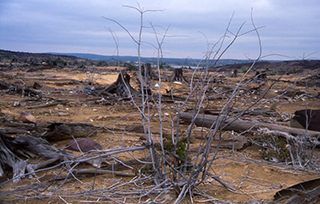
When I think of desolate landscapes, I think of my visit many years ago to Sudbury in northern Ontario, Canada. This was the site of historic nickel and copper mining, which had so polluted the land that hardly anything could live there.
BROP, May 2022, p. 9
Three types of hope
However, there is hope. Wind and solar energy sources have become a lot cheaper very quickly and are being deployed rapidly in many parts of the world.
On 4 April, Bill McKibben, the American environmentalist, summarised the IPCC mitigation report on Twitter like this:
In July 2021, I wrote an article for BRF on Three types of hope. What McKibben outlines above definitely fits into the proximate (‘We can fix it’) sort of hope. But I still reckon we will need to hang on to our ultimate (‘God will fix it’) and robust (‘Hang in there’) hopes to get through this crisis.
Recently, a lot of people have asked me what kind of impact the war in Ukraine will have on the environment and climate change. There will undoubtedly be a number of major negative impacts. A war kills not only humans, but also animals and plants, and it destroys habitats. The potential for chemical, even nuclear, contamination is huge. And rebuilding will require a lot of cement and concrete, which will lead to increased carbon emissions.
There are, however, some indications that worries about energy security may drive some countries to move away from fossil fuels faster than would otherwise have happened. The European Union, and Germany in particular, have signalled that they wish to rapidly decrease their dependency on Russian oil and gas and are quickly expanding solar and wind power.
‘We still need to hang on to our ultimate hope.’
The United Kingdom is sending mixed signals on this issue, with some in our government favouring renewables as the route forward, but others wanting fracking, increased oil exploitation in the North Sea and more nuclear energy.
How this will all turn out is uncertain, but it may be that worries about energy security, and the availability of cheap and rapidly deployable wind and solar will win in the end. I hope so.
War and environmental degradation have always been linked, and that is clear once again. I ended my reflection on Zephaniah with a prayer that I think is even more relevant now than when I wrote it:
Lord, we pray for both peace and better care for your creation. Amen
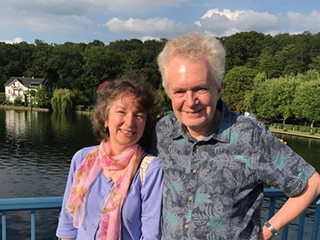
Martin Hodson (pictured with his wife Margot) is a plant scientist and environmental biologist. He is operations director for The John Ray Initiative (JRI). He and Margot work together on a range of environmental initiatives and publications.
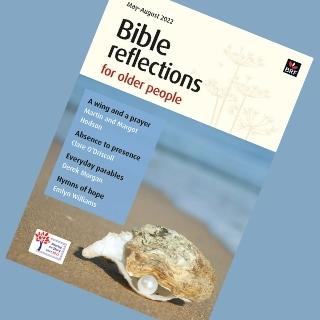
Martin and Margot’s series of reflections ‘A wing and a prayer’ is available to read as a free download when you sign up to our email list.
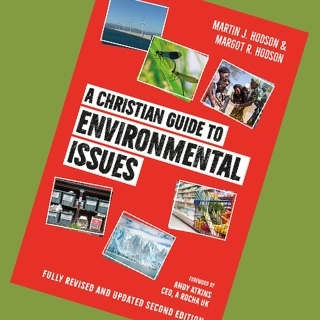
Environmental sustainability is a major issue for us all. In this extensively updated edition, Martin and Margot Hodson consider eight of the key current environmental problems, giving the biblical basis for looking after the environment and helping to integrate environmental thinking into the reader’s understanding of Christian faith.
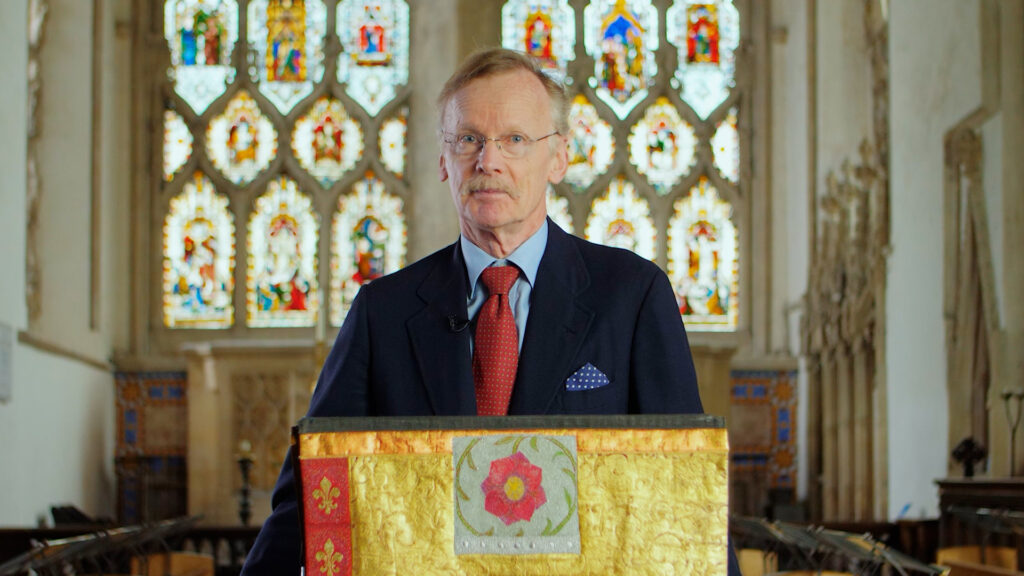
Our online centenary service of thanksgiving and celebration premiered last Sunday, and is available online to watch.
